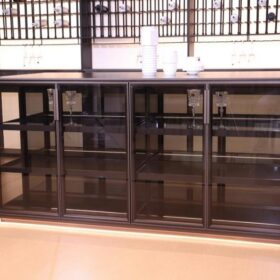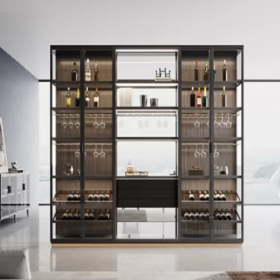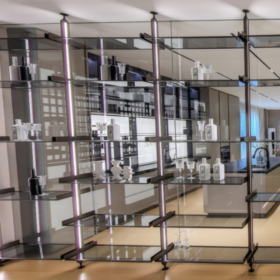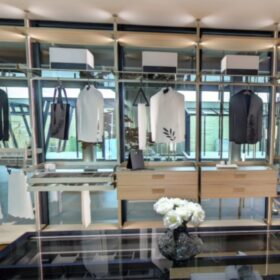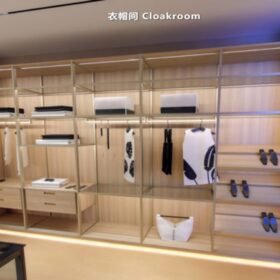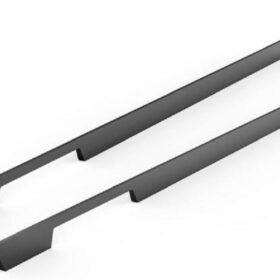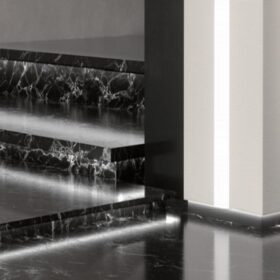Key Components and Design Options of Aluminum Kitchen Profiles
Aluminum kitchen profiles have become increasingly popular in recent years, both for their durability and aesthetic appeal. They offer a wide range of design options to complement various kitchen styles, from modern and minimalist to traditional and ornate. This article explores the key components and design options of aluminum kitchen profiles, providing insights into the factors that influence their selection and use.
Key Components of Aluminum Kitchen Profiles
Extrusions: These are the primary structural components, formed by extruding molten aluminum into specific shapes through a die. They provide strength, support, and shape to the profile.
Infill Panels: These panels fill the spaces between the extrusions, creating a continuous surface. They can be made from various materials, such as glass, acrylic, or wood, offering a range of aesthetic options.
Hardware: This includes hinges, handles, and other fittings that facilitate the functionality and operation of the profile. It ensures that drawers and doors open and close smoothly and securely.
Finishes: The surface of the profile can be treated with different finishes, including anodization, powder coating, or painting. These finishes enhance durability, appearance, and resistance to wear and tear.
Design Options for Aluminum Kitchen Profiles
Shape and Dimensions
Aluminum kitchen profiles come in a wide range of shapes and dimensions, from simple rectangular or square shapes to intricate decorative profiles. The choice depends on the overall design aesthetic and the intended use.
Color and Finish
The color and finish of the profile play a crucial role in creating the desired ambiance in the kitchen. Anodization produces a range of metallic finishes, while powder coating allows for a broader spectrum of colors. Both techniques provide durability and resistance to corrosion.
Integration of Lighting
Lighting can be integrated into aluminum kitchen profiles, creating a sophisticated and functional ambiance. LED strips can be seamlessly incorporated into the profile design, providing ample illumination for tasks and creating a warm and inviting atmosphere.
Smart Features
Smart features such as touch-sensitive controls or voice activation can be integrated into aluminum kitchen profiles. These features enhance convenience and user experience, making it easier to operate drawers and doors.
Conclusion
Aluminum kitchen profiles offer a versatile and durable solution for modern kitchen designs. Their key components and design options provide a wide range of possibilities to meet the functional and aesthetic requirements of any kitchen. From shape and dimensions to color, finish, lighting integration, and smart features, there are numerous factors to consider when selecting aluminum kitchen profiles. Architects, designers, and homeowners can leverage these options to create kitchens that are both stylish and functional, meeting the demands of contemporary living.
-
2024-11-29Top Trends in Modern Kitchen Cabinet Pulls for 2024
-
2024-11-28The Ultimate Guide to Modern Kitchen Cabinet Pulls- Materials, Styles, and Tips
-
2024-11-27Elevate Your Kitchen Design with These Must-Have Modern Cabinet Pulls
-
2024-11-26Sleek and Stylish- The Best Modern Kitchen Cabinet Pulls for a Contemporary Look


